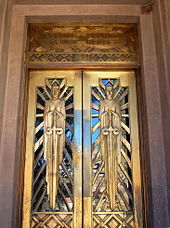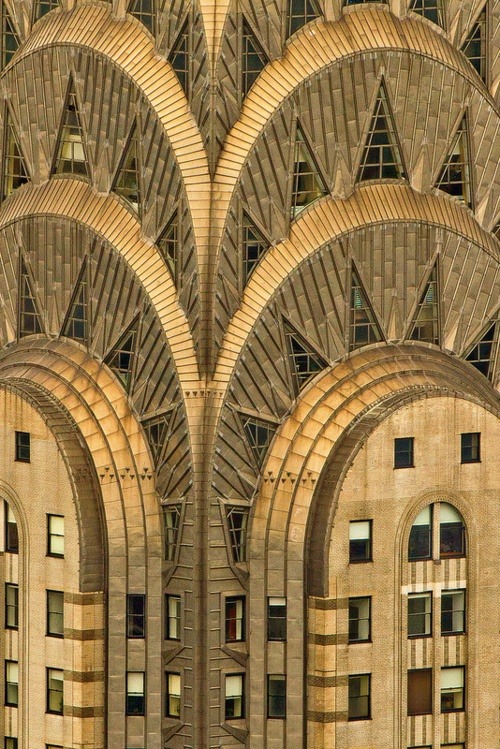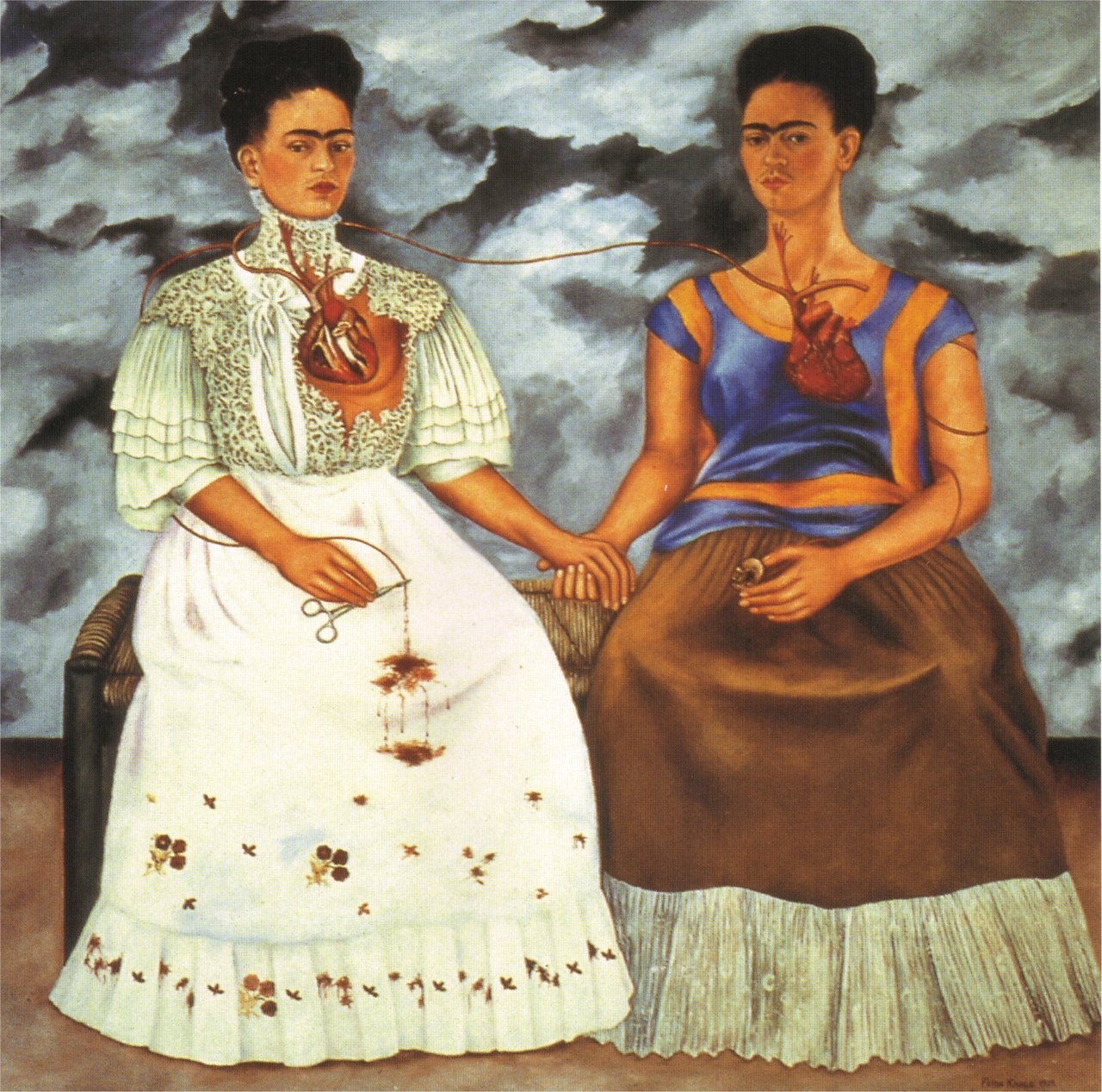Throughout college, my classmates and I were encourage to keep a blog. As a result this blog exists, I've neglected this blog because I have been lucky enough to be a busy designer!
After numerous internships and job searching I've settled into two jobs that I love. I currently work as bathroom designer with Cleary Bathroom Design, and an interior design with Estate Fabric & Home in Powerscourt Enniskerry.
Both workplaces are extremely different one specialised in fabric, paint and furniture and the other full bathroom remodeling.
I will attempt to keep this blog blog upto date with my career journey.
Ciara
After numerous internships and job searching I've settled into two jobs that I love. I currently work as bathroom designer with Cleary Bathroom Design, and an interior design with Estate Fabric & Home in Powerscourt Enniskerry.
Both workplaces are extremely different one specialised in fabric, paint and furniture and the other full bathroom remodeling.
I will attempt to keep this blog blog upto date with my career journey.
Ciara
 |
| Powerscourt Estate - Enisskerry, Co.Wicklow |
















